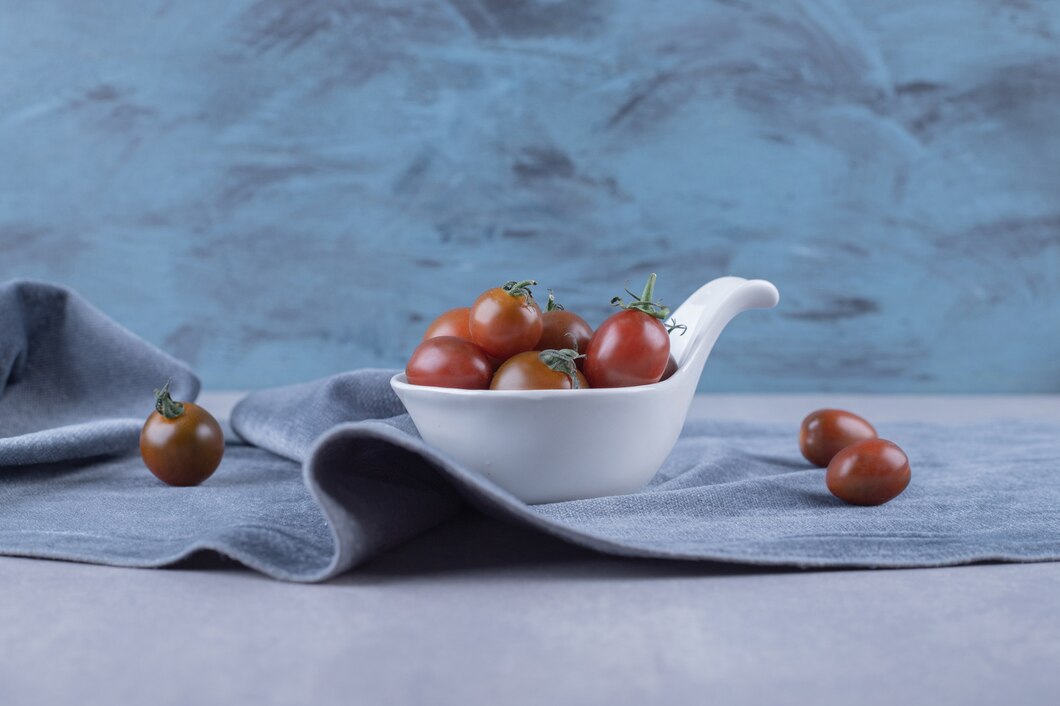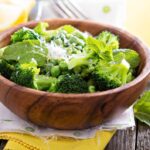When it comes to foraging or even selecting foods from nature, it’s crucial to know what you’re picking. Many edible plants, mushrooms, and fruits have toxic look-alikes that can pose serious health risks if ingested. Here are 10 foods that can be poisonous due to their dangerous look-alikes.
1. Wild Mushrooms
Mushroom foraging is popular in many parts of the world, but it can be deadly if you don’t know what you’re doing. Edible mushrooms like morels and chanterelles have toxic doppelgängers such as false morels and jack-o’-lantern mushrooms. False morels contain gyromitrin, a toxin that can cause severe liver damage or death. Always forage with an expert or purchase mushrooms from a trusted source.
2. Wild Berries
Many wild berries are edible, such as blackberries and raspberries, but some, like deadly nightshade (belladonna) berries, can be lethal. Belladonna berries are small, shiny, and black, similar to some edible berries, but contain atropine and scopolamine, which can cause hallucinations, paralysis, and death.
3. Water Hemlock (Cicuta) vs. Wild Parsnip
Water hemlock, one of the most poisonous plants in North America, can be mistaken for wild parsnip. Both have clusters of small white flowers, but water hemlock contains cicutoxin, a deadly compound that affects the central nervous system. Just a small amount can cause seizures and death within hours.
4. Pokeweed vs. Wild Spinach
Pokeweed’s young shoots resemble wild spinach or asparagus, but they’re highly toxic. The plant contains toxins like phytolaccatoxin and phytolaccigenin, which can cause severe gastrointestinal distress, respiratory failure, and death if consumed in large quantities.
5. Horse Chestnuts vs. Edible Chestnuts
Horse chestnuts (Aesculus hippocastanum) look very similar to edible chestnuts, but they’re toxic to humans. They contain aesculin, which can cause vomiting, diarrhea, and even paralysis. Edible chestnuts have a spiky shell and a flattened bottom, while horse chestnuts have a smoother, rounder shape.
6. Fool’s Parsley (Aethusa cynapium) vs. Parsley
Fool’s parsley looks nearly identical to regular parsley but is highly toxic. It contains cicutoxin, which can cause nausea, vomiting, abdominal pain, and in severe cases, respiratory failure. The key difference is that fool’s parsley has a stronger, unpleasant smell when crushed.
7. Elderberry vs. Red Elderberry
Elderberries are used in many recipes, from syrups to wines, but not all elderberries are safe. Red elderberries (Sambucus racemosa) are toxic when raw, containing cyanogenic glycosides that can cause nausea, vomiting, and even cyanide poisoning. Only the blue and black elderberries are safe to consume, and even then, they should be cooked first.
8. Wild Carrot (Daucus carota) vs. Poison Hemlock
Wild carrot, also known as Queen Anne’s lace, looks similar to the deadly poison hemlock. Poison hemlock contains highly toxic alkaloids that can cause respiratory collapse and death. Unlike wild carrot, poison hemlock has purple spots on its stems, which is a key distinguishing feature.
9. Jerusalem Cherry vs. Cherry Tomato
The Jerusalem cherry plant produces small, red berries that look like cherry tomatoes but are extremely toxic. They contain solanine, which can cause gastrointestinal distress, vomiting, diarrhea, and in severe cases, death. It’s important to keep these ornamental plants out of reach, especially from children.
10. Rhubarb Leaves vs. Rhubarb Stalks
Rhubarb is a common ingredient in desserts, but only the stalks are edible. The leaves of the rhubarb plant contain oxalic acid and anthraquinone glycosides, which are toxic and can cause breathing difficulties, seizures, and kidney failure if ingested. Always discard the leaves and use only the stalks in cooking.
When foraging or selecting foods that might have poisonous look-alikes, it’s essential to be well-informed and cautious. The risks associated with consuming toxic plants and mushrooms are severe, ranging from intense gastrointestinal distress to potentially fatal poisoning. Always consult a reliable guide or an expert when unsure, and remember that when it comes to nature, it’s better to be safe than sorry.








